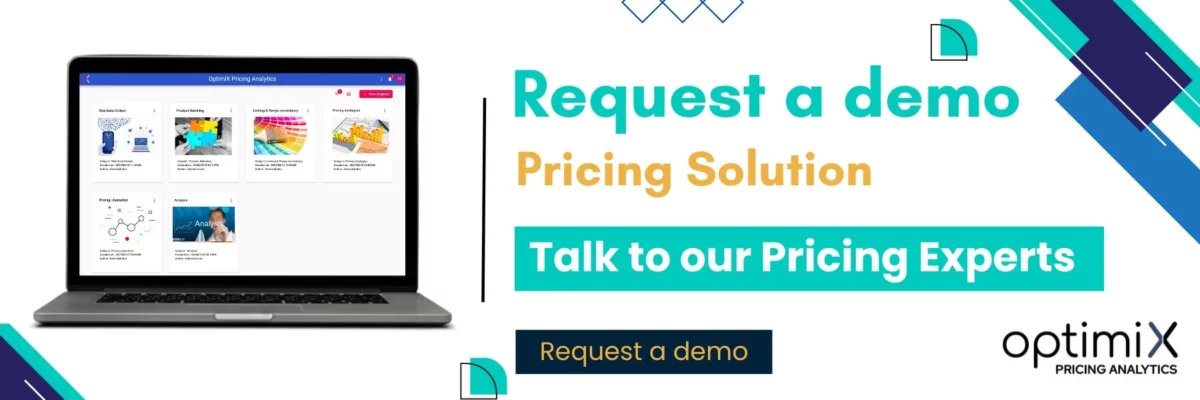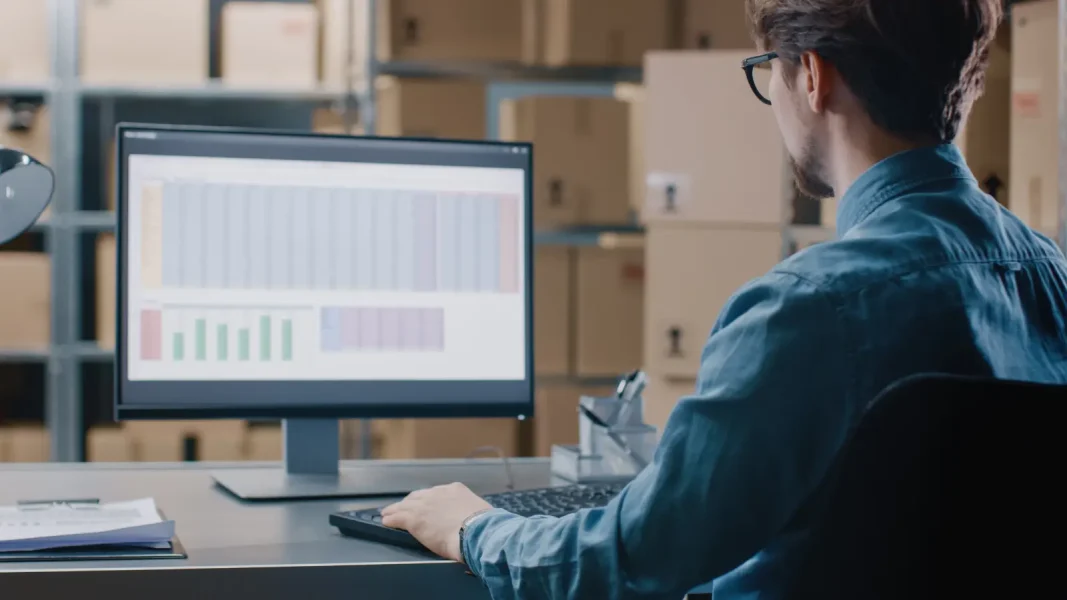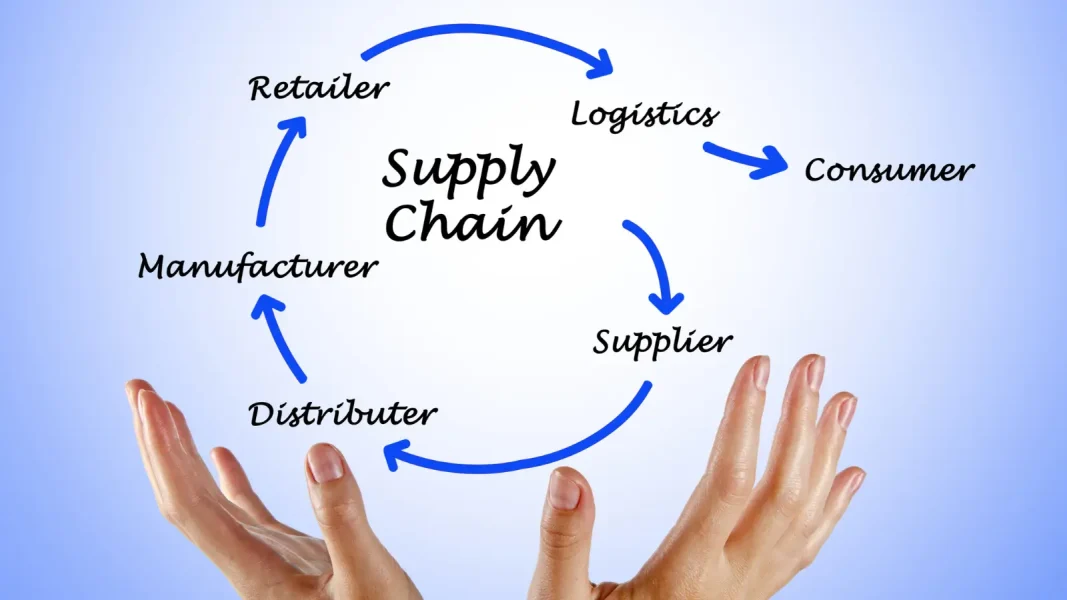What is stock management? Inventory management refers to all the practices and processes used to monitor, organize and optimize the flow of goods in a company. It begins at the point of procurement and continues right through to stock removal, whether for sale, transfer or internal consumption. This central function of the supply chain is designed to answer a key question: how can we have the right products, in the right quantities, at the right time and in the right place, while minimizing costs ? Efficient inventory management secures business activity, limits losses, and guarantees product availability for end customers. Why is good inventory management essential? Inventory management plays a strategic role in a company’s overall performance. It affects both quality of customer service, financial profitability and supply chain robustness. Poor anticipation can lead to stock-outs, resulting in lost sales and brand image damage. Conversely, heavy overstocking ties up cash, takes up storage space unnecessarily, and increases the risk of obsolescence or expiry. The main characteristics of good inventory management Successful inventory management depends on data reliability, responsiveness to fluctuations and the ability to anticipate needs. It implies traceability of all item movements, from receipt to dispatch, as well as rigorous recording of operations. A segmentation This allows us to apply more precise, differentiated strategies. Last but not least, good inventory management is based on performance indicators (KPIs) that enable corrective actions to be managed in real time. How does stock management work? The different stages The process of stock management is structured around several key stages. It begins with procurementwhich includes supplier selection, the negotiation conditions and planning orders. Goods receipt is accompanied by quality control and immediate updating of databases. Next, products are stored according to optimal organizational logic (FIFO, coded locations, specific conditions). Throughout their lifecycle, items undergo movements (in, out, transfers) which must be accurately recorded. Finally, supervision of the whole system relies on reporting, alert and analysis tools. What are the different technologies available for inventory management? Modern technologies are profoundly transforming inventory management. ERP systems ensure global coordination between purchasing, production, logistics and finance functions. WMS systems enable detailed management of warehouses, locations, picking tasks and physical flows. SaaS solutions offer an agile and scalable approach, combining artificial intelligence, demand modelingscenario simulation and automated replenishment. Finally, connected objects (IoT sensors, RFID tags) and mobile terminals enable fast, reliable data capture in real time. Intuitive, it enables everyone, from buyers to logisticians, to view stock levels and make quick decisions, without having to master a complex system. Inventory management challenges Inventory management faces both structural and cyclical challenges. One of the biggest challenges is the need for predictability of demanddemand is subject to many vagaries: consumption trends, weather, health or economic crises. Other constraints include limited storage capacity, variable lead times, and the growing complexity of multi-channel distribution networks. The diversity of products, their heterogeneous life cycles and specific storage conditions add to the difficulty. How are inventories managed? Different inventory management methods There are several inventory management methods to choose from, depending on the type of product and the operating context. The ABC method consists of classifying items by strategic importance, in order to allocate proportionate efforts to their management. The just-in-time aims to minimize inventories by triggering orders as close as possible to actual consumption. Visit safety stocks to absorb unforeseen events and guarantee a constant level of service. The reorder point triggers replenishment as soon as a threshold is reached. Last but not least, Kanban systems provide visual and reactive management, often used in industrial contexts. How can you better manage your inventory? To improve inventory management, it’s essential to work on several fronts simultaneously. The first step is to make data reliableby carrying out regular rolling inventories and raising team awareness. Next, we need to improve forecast accuracyby integrating external data (market trends, weather, seasonality). The implementation of intelligent alerts and customized dashboards enables us to react more quickly to any deviations. Finally, collaboration with suppliers can be optimized through s pull flows or consigned stock agreements. Optimix Forecasting and Replenishment – XFR: inventory management made easy XFR Optimix Forecasting and Replenishment stands out for its ability to manage your Supply Chain, drawing on the power of data and technological agility. Where companies have to juggle product diversity, demand variability, storage constraints or supplier lead times, XFR acts as an intelligent platform that centralizes information, automates critical decisions and aligns flows with business objectives. Its forecasting engine exploits historical, promotional and external data (weather, seasonality, trends) to adjust stock levels in real time, reduce out-of-stocks and limit overstocks. Thanks to a intuitive visual interfaceXFR provides a consolidated view of key KPIs (turnover, coverage, service rate), enabling logistics managers to spot areas of tension, take immediate action, and simulate several management scenarios to make the most profitable decisions. Where traditional methods show their limitations, XFR streamlines every step These include calculation of net requirements, automated order generation, inventory management by product type (ABC method, order point, JIT), and integration with supplier flows. Compatible with your in-house tools, the solution is equally suited to SMEs and large organizations seeking flexibility, reliability and sustainable performance. Its SaaS approach facilitates deployment, scalability and cross-team collaboration. Inventory management is no longer limited to counting or warehouse logic. It has become a strategic competitive leverageThis is a key factor in the company’s ability to directly influence profitability, sales responsiveness and the customer experience. In a world where uncertainties are manifold, and expectations are increasingly high, companies can no longer simply manage their inventories “the old-fashioned way”. Integration of high-performance tools such as Optimix XFR enables a proactive, predictive and data-driven approach to inventory management. By automating repetitive tasks, facilitating decision-making and optimizing the balance between cost and service, these solutions transform inventory management into a sustainable competitive advantage. For ambitious companies, it’s here that an essential part of their logistical and commercial success is at stake.




